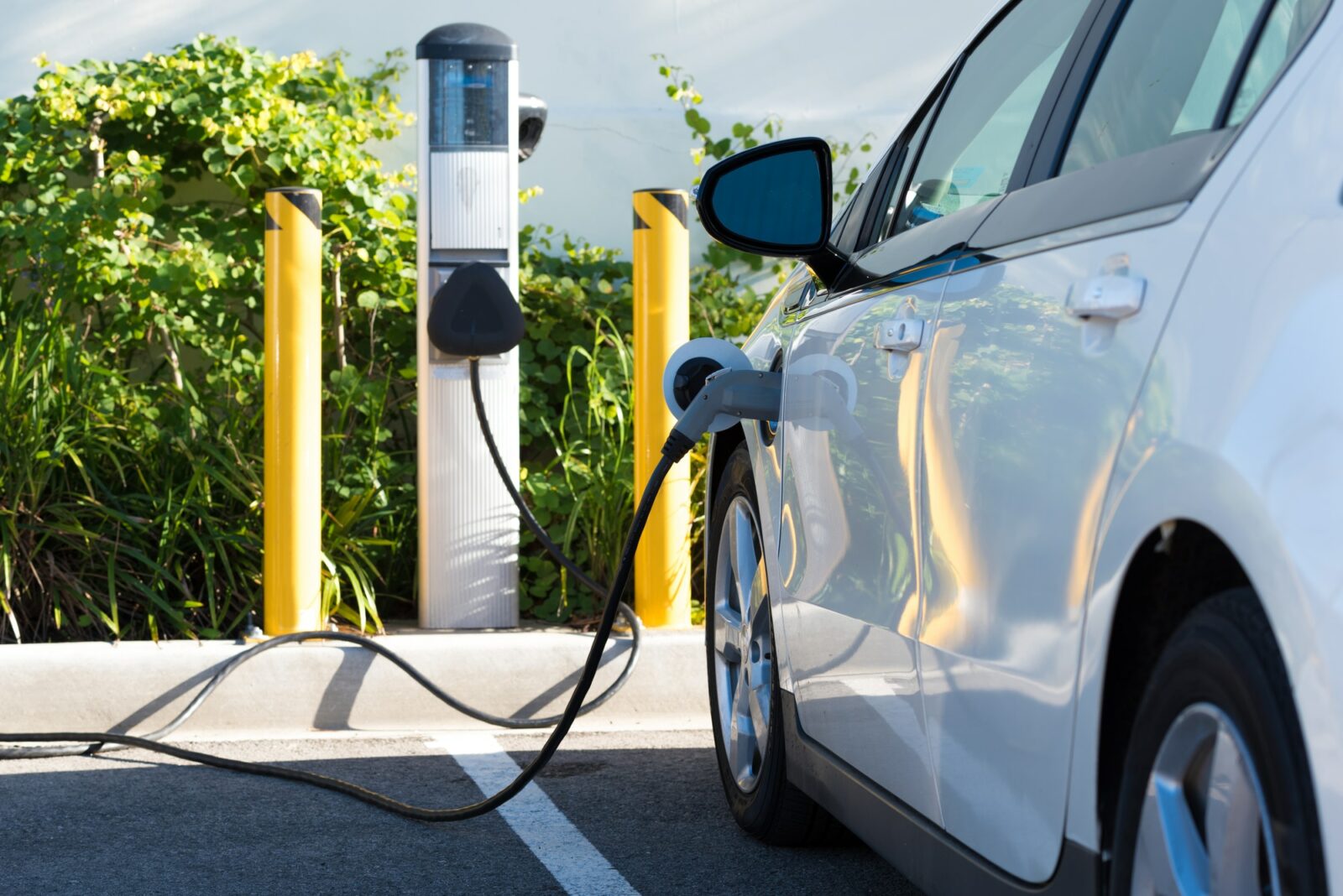That of the electric car is a concept, although recognized by the company, which is still shrouded in an aura of mystery. This is why numerous myths about electric vehicles have developed. Here are eight, expertly debunked by the Geotab team.
We already told you about the plan “Fit for 55”, studied by European Commission on the subject of sustainability. This provides, by 2035, to stop the sale of petrol and diesel cars. We can therefore say that the electric car will become the norm in the near future. He discussed it Geotab, a company specializing in mobility solutions for companies.
“The opportunities offered by electric and hybrid vehicles are manifold, both for companies and for individual consumers. To embrace this paradigm shift, however, it is necessary to rethink the traditional approach to mobility and infrastructure, and learn a new way of managing one’s own means “, he explains. Fabio Saiu, Director Geotab Italia and Leasing and Renting European Director di Geotab. “To truly encourage the spread of a new sustainable model, we believe it is important to support organizations and consumers in the transition to electricity, offering them all the information they need to make informed decisions from both an environmental and an economic point of view”.
Fabio Saiu, Director Geotab Italia and Leasing and Renting European Director di Geotab
Eight electric myths debunked by Geotab
Given the general mistrust about the news, it should not surprise us that numerous false myths lurk around the electric. Thanks to Geotab we have collected and debunked eight.
It is difficult to predict the consumption of electric vehicles and manage autonomy anxiety
Electric vehicle drivers often tend to be overly cautious about running out of range. Learning to read estimates and plan routes allows you to always have a clear vision on how to manage the remaining energy. These are a few simple habits to introduce into everyday life, to make the most of the opportunities offered by electric mobility.
Electric vehicle batteries contain energy levels and chemicals. These make electric cars dangerous
Electric vehicles are not just safe, but they can be even safer than traditional ones. In fact, these provide very high safety standards, aimed at avoiding the leakage of chemicals from batteries. Furthermore, the space that is generally dedicated to the combustion engine is able to absorb energy during any collisions. Finally, the positioning of the battery pack allows you to lower the center of gravity of the vehicle and distribute the weight more evenly, preventing the risk of the vehicle overturning.
The driving style of the electric car does not affect performance
Electric vehicles are three to four times more efficient than their petrol or diesel equivalents at converting energy into motion. Similarly to what happens with traditional vehicles, it is essential to avoid an aggressive driving style, reducing unnecessary acceleration and braking as much as possible. Vehicle load also affects battery performance: heavier loads mean more energy is used by the vehicle.
Electric vehicle batteries must be fully charged to give the best performance
Electric vehicles use lithium-ion batteries of various shapes, with a high energy density. Compared to other types of batteries, they are less likely to lose charge when not in use. However, they are naturally subject to a process of deterioration over time and their ability to store energy and deliver power decreases. However, with the necessary precautions, its duration can be extended.
Weather conditions do not affect battery life
The heating and cooling systems are kept running by the same battery that powers the vehicle. Geotab data have shown that the ideal temperature for the operation of an electric vehicle is around 21.5 ° C. There are some precautions that can improve autonomy: in winter, for example, heated seats and steering wheel use less energy than the traditional heating system. On the other hand, in summer, you can preferably think of operating the fan only or lowering the windows if the temperatures allow it.
Electric vehicles cannot self-charge
On the contrary, they are equipped with the so-called regenerative braking. This sends kinetic energy to the battery every time the driver brakes. By gradually decelerating, it is possible to recover most of the energy used by the car to brake, thus optimizing efficiency. A wise use of this feature therefore makes it possible not to immediately recharge electric vehicles up to the maximum charge level since, unlike those with internal combustion, they are able to recover energy while driving.
The maintenance of an electric car is expensive
In fact, the fewer moving parts and the absence of particulate accumulation reduces the maintenance costs of electric vehicles. Also, while traditional vehicles have common hazards such as faulty spark plugs or damaged timing belts, electric ones lack such components. The brakes are also subject to less wear: Regenerative braking systems put significantly less effort on the pads
Driving the electric car is boring
While the reduced noise may initially bewildering four-wheel enthusiasts, it’s the fast and smooth acceleration of electric vehicles that wins them over. In fact, internal combustion cars need many revolutions to reach maximum torque, while electric cars have access to most of the torque right away. Electric cars therefore offer faster acceleration which can make driving even more fun. This is confirmed by almost 8 out of 10 Europeans, who according to a recent Nissan survey are satisfied with their experience with the electric and find it even better than expected.

















Leave a Reply
View Comments